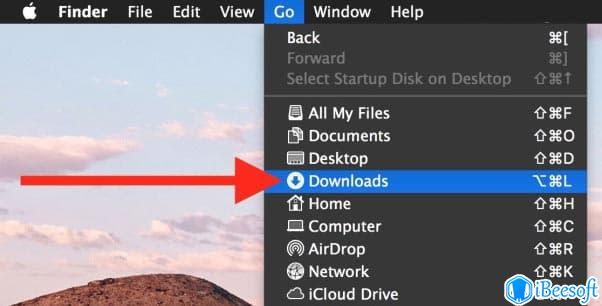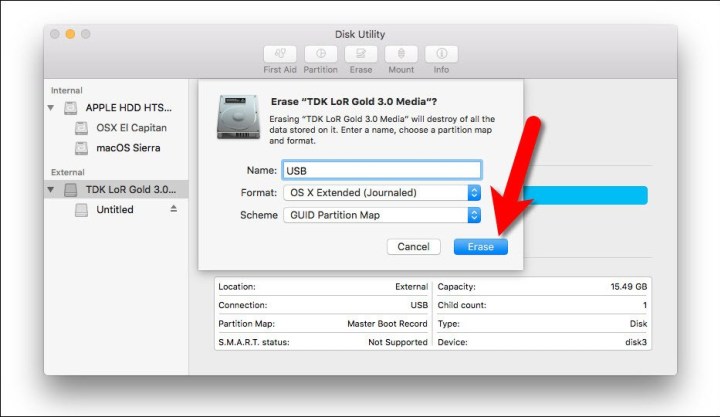

- #RECTLABEL DOWNLOAD MACOS INSTALL#
- #RECTLABEL DOWNLOAD MACOS CODE#
- #RECTLABEL DOWNLOAD MACOS MAC#
- #RECTLABEL DOWNLOAD MACOS WINDOWS#
When the server Status turns to Processing, the server is ready to be accessed. Once started, the following dashboard panel will be displayed. You can select multiple boxes and paste them across images.
#RECTLABEL DOWNLOAD MACOS CODE#
Git code (2015).You should see a new output_inference_graph directory with a file.
#RECTLABEL DOWNLOAD MACOS MAC#
In Linux and Mac you can do:Ĭitation: Tzutalin. labelImgSettings.pkl from your home directory. In case there are issues with loading the classes, you can either:įrom the top menu of the labelimg click on Menu/File/Reset All The difficult field is set to 1 indicates that the object has been annotated as “difficult”, for example, an object which is clearly visible but difficult to recognize without substantial use of context.Īccording to your deep neural network implementation, you can include or exclude difficult objects during training.

This is used when creating a dataset automatically, the user can then through all the pictures and flag them instead of annotate them.

When pressing space, the user can flag the image as verified, a green background will appear. Keyboard arrows to move selected rect box When saving as YOLO format, “difficult” flag is discarded. You shouldn’t use “default class” function when saving to YOLO format, it will not be referred. When you save an image, classes.txt will also get updated, while previous annotations will not be updated. Your label list shall not change in the middle of processing a list of images. “classes.txt” defines the list of class names that your YOLO label refers to. A file named “classes.txt” is saved to that folder too. When finished with a single image, click save.Ī txt file of YOLO format will be saved in the same folder as your image with same name. You may use Open/OpenDIR to process single or multiple images. Right below “Save” button in the toolbar, click “PascalVOC” button to switch to YOLO format. In data/predefined_classes.txt define the list of classes that will be used for your training. You can refer to the below hotkeys to speed up your workflow. The annotation will be saved to the folder you specify. You can use right mouse to drag the rect box to copy or move it Watch a demo video Usage Steps (PascalVOC)īuild and launch using the instructions above.Ĭlick ‘Change default saved annotation folder’ in Menu/FileĬlick and release left mouse to select a region to annotate the rect You can pull the image which has all of the installed and required dependencies. volume = "/etc/sudoers.d:/etc/sudoers.d:ro" \ volume = "/home/ $USER :/home/ $USER " \ Python labelImg.py Use Docker docker run -it \ Pyrcc5 -o libs/resources.py resources.qrc
#RECTLABEL DOWNLOAD MACOS INSTALL#
Open the Anaconda Prompt and go to the labelImg directory conda install pyqt = 5
#RECTLABEL DOWNLOAD MACOS WINDOWS#
Python labelImg.py Windows + Anacondaĭownload and install Anaconda (Python 3+) Open cmd and go to the labelImg directory pyrcc4 -o libs/resources.py resources.qrcįor pyqt5, pyrcc5 -o libs/resources.py resources.qrc You can consider using the script: build-tools/build-for-macos.sh Windows app file with a new SVG Icon in your /Applications folder. rm -rf build dist python setup.py py2app -A mv "dist/labelImg.app" /Applications Pipenv run pip install pyqt5 = 5.15.2 lxml Virtualenv can avoid a lot of the QT / Python version issues brew install python3 Pip3 install pyqt5 lxml # Install qt and lxml by pip Python 3 + Qt5 brew install qt # Install qt-5.x.x by Homebrew Sudo pip3 install -r requirements/requirements-linux-python3.txt Python 3 + Qt5 sudo apt-get install pyqt5-dev-tools Linux/Ubuntu/Mac requires at least Pythonģ or above and PyQt5 are strongly recommended. This is the simplest (one-command) install method on modern Linux distributions such as Ubuntu and Fedora. Watch a demo video Installation Get from PyPI but only python3.0 or above Besides, it also supports YOLO and CreateML formats. It is written in Python and uses Qt for its graphical interface.Īnnotations are saved as XML files in PASCAL VOC format, the format usedīy ImageNet. LabelImg is a graphical image annotation tool.


 0 kommentar(er)
0 kommentar(er)
